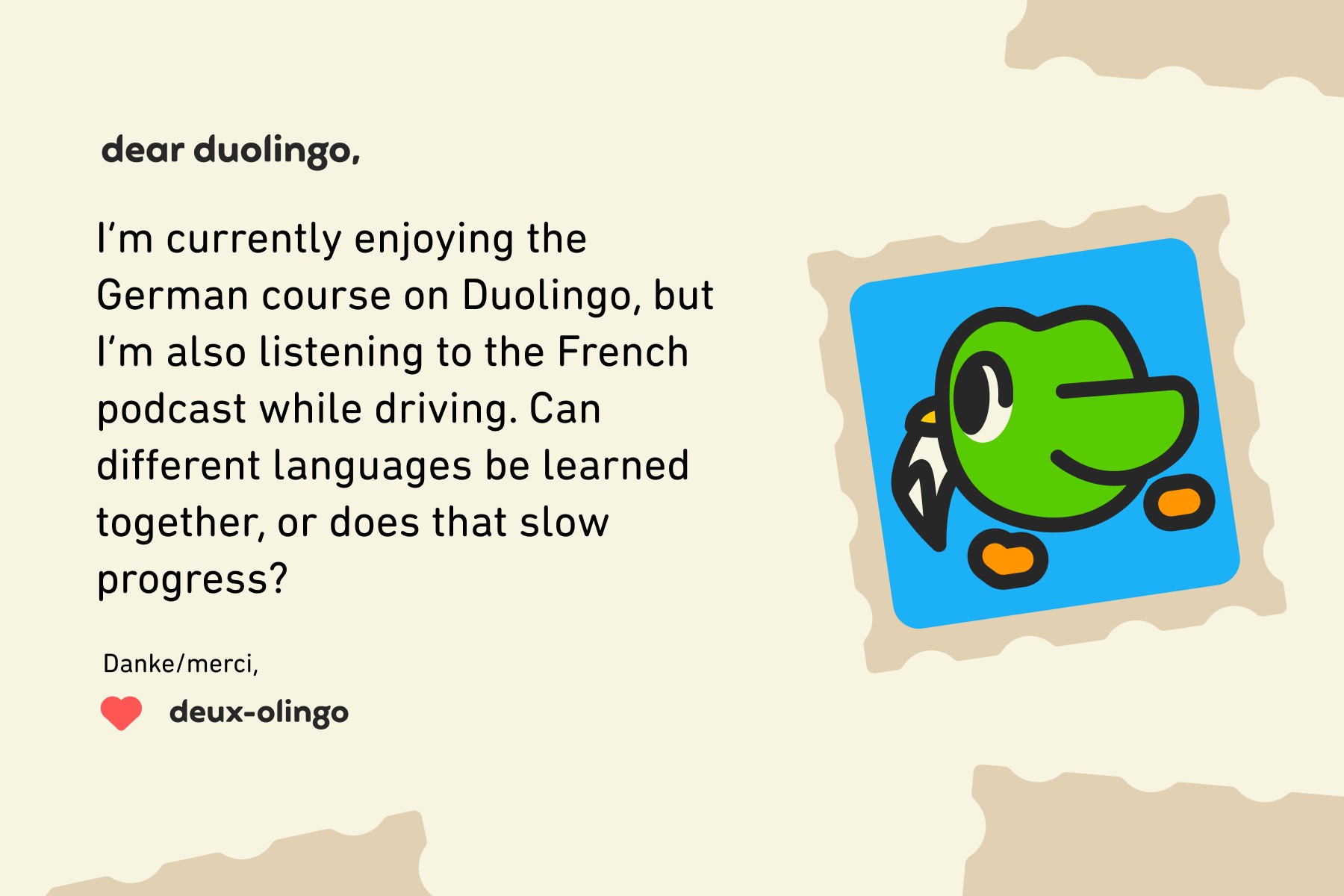Learning a new language is a rewarding experience, but what if you want to learn more than one? Many aspiring polyglots wonder, “Can I Learn More Than One Language On Duolingo?” The answer is a resounding yes! This article will guide you through effective strategies for learning multiple languages simultaneously, empowering you to expand your linguistic horizons.
It’s a common question: Can you effectively juggle multiple languages at once? While it might seem daunting, successfully learning two or more languages concurrently is achievable with the right approach. Learning multiple languages offers increased cultural understanding, cognitive benefits, and a deeper appreciation for linguistics. However, it’s crucial to acknowledge that progress in each language might be slower compared to focusing on just one, particularly if you divide your study time instead of increasing it.
Strategies for Learning Multiple Languages on Duolingo
Successfully navigating the world of multilingual learning requires a strategic approach. Here are some proven tips to help you maximize your learning experience:
Choose Languages that Spark Your Interest
Passion is a powerful motivator. Select languages that genuinely intrigue you, whether it’s the culture, the music, or the opportunity to connect with others. This intrinsic motivation will fuel your dedication and make the learning process more enjoyable. Consider starting with languages that aren’t too similar to avoid confusion, for example, learning Spanish and Portuguese simultaneously might be challenging due to their many overlaps.
Effective Time Management is Key
Learning multiple languages demands a significant time commitment. Create a structured schedule, dedicating specific days or time slots to each language. Consistency is crucial for building a strong foundation and making steady progress. Treat your language learning like any other important appointment and stick to your schedule as much as possible.
Immerse Yourself Fully
On the day dedicated to a specific language, immerse yourself completely. Utilize Duolingo lessons, listen to music, watch movies or TV shows with subtitles, and try to incorporate the language into your daily life as much as possible. Active engagement and consistent exposure are key to language acquisition.
Divide and Conquer: A Phased Approach
Consider a phased approach if starting with multiple languages simultaneously feels overwhelming. Focus on one language until you reach a comfortable level of proficiency before introducing another. Alternatively, start with two languages and gradually add more as your confidence and skills grow. Pairing languages with shared roots, like English and German, can be beneficial due to their similarities, while avoiding confusion in the early stages.
Celebrate Your Achievements
Language learning is a journey, not a race. Acknowledge and celebrate your progress, no matter how small. These milestones will boost your motivation and keep you engaged in the long run. Recognizing even minor achievements reinforces positive learning habits and encourages continued progress.
Conclusion: Embrace the Multilingual Journey
Learning multiple languages on Duolingo is entirely possible with the right mindset and strategies. Embrace the challenge, celebrate your successes, and enjoy the enriching experience of expanding your linguistic abilities. While progress might be slower initially, the rewards of becoming multilingual are immense. So, dive in, explore new cultures, and unlock a world of communication possibilities.
